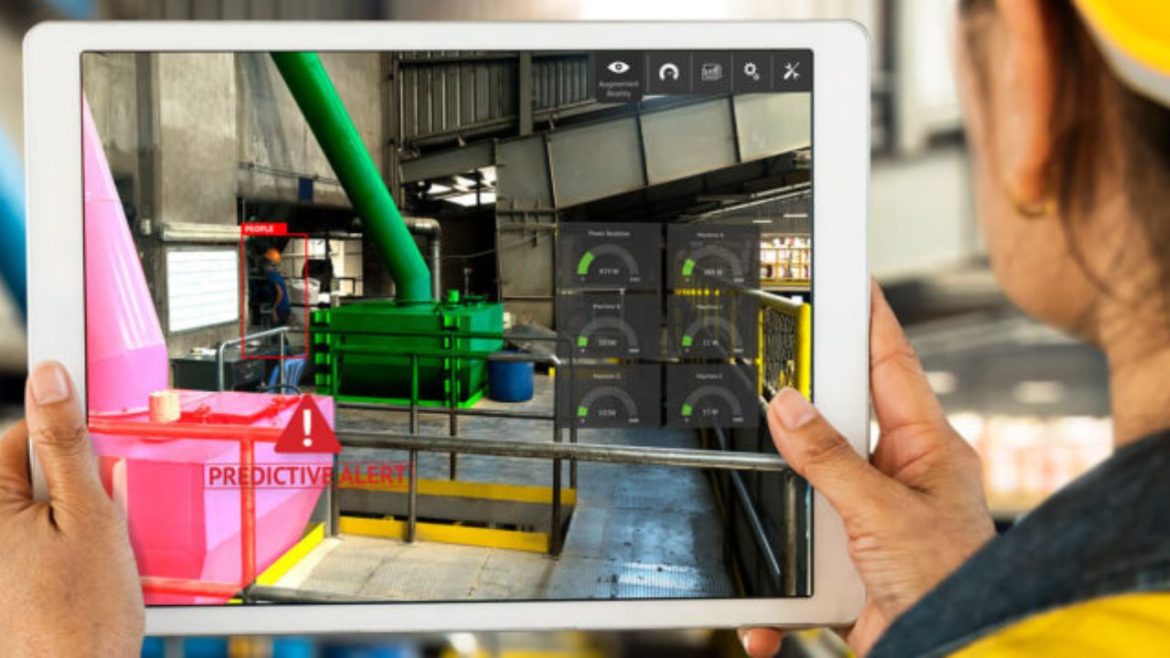Touchscreen technology has become one of the pillars of modern industrial activity as a human-machine interface applicable in all industries, including manufacturing and energy, logistics, and transportation. With more and more industries becoming automated and digital, the presence of an intuitive, responsive, and robust user interface becomes more important than ever. Under these circumstances, the durability of the Reinforced Industrial LCD Display Series turns out not to be merely a nice option, but an absolute need. These factors directly affect the operation continuity, safety, and efficiency within the industrial setting in terms of their reliability and robustness.
The Requirements of Severe Conditions
Industrial surroundings are not the same as the ordinary consumer-grade equipment that is designed to support. Such conditions are exposure to dust, moisture, grease, vibrations, shock, and extreme temperatures. Such conditions can cause unusual behavior of the touchscreens, their insensitivity, or total failure. As an example, a touchscreen in a food processing production facility may be subjected to high-pressure washdowns and other rough cleaning agents. It may be exposed to vibration and flying particles in a mining operation. These systems are easily damaged and easily break down very regularly unless they are reinforced with stronger durability, which would cause expensive stoppages and frequent repairs.
Durability of the touchscreen means that the equipment will still remain operational even when exposed to these external stressors. The reinforced touch screens incorporate an anti-glare finish, enclosed units, anti-scratch glass, and waterproof coverings. This is what makes them applicable in the outdoor environment and the indoor facility that work in extreme conditions without any reservations.
Providing Operation Continuity
Where downtimes are costly or even hazardous, such as in the industries, the maintenance of the control interface operations is not negotiable. Industrial touchscreen displays are employed in a variety of mission-critical applications such as the management of equipment, data entry, the tracking of manufacturing parameters, and orientation within complicated interfaces. The failure of a display may slow down the work, stop production lines, and interfere with controlling the necessary processes.
Touch screens of high quality are designed to last long and maintain their performance even when under heavy use. This could be in a 24/7 logistics control centre or on the floor of a high-speed packaging facility, but the touchscreen has to respond to the input with accuracy and immediacy. Rugged displays are of high quality and less prone to input errors and system lags, which means that operators will have the confidence and capability to keep them productive.
Encouraging Use of Gloves and Styluses
Gloves are protection that is put on by workers in most industrial settings. The standard touchscreens usually fail to recognize the gloved finger, and thus workers are forced to remove their gloves, which endangers their safety or makes the work slower. The industrial touchscreens are durable and have the capability of providing glove-compatible input to the touchscreens so that they may be used without compromising on the workman protection.
Also, in precision-based environments, styluses or special input devices are used. Enhanced touch screens tend to be pressure sensitive and can accept input with many tools, which makes them more user-friendly in tough conditions.
Flexibility in Various Industrial Uses
Durable touchscreens are used in a very broad spectrum of industries. They are used in transportation systems to provide ticketing terminals, vehicle diagnostics, and navigation screens. They can be used in oil and gas fields as interfaces for drilling control and environmental monitoring. They are applied in assembly lines and quality inspection posts in factories. In both instances, the effectiveness of the working process and the security of the staff depend directly on the quality of the touchscreen usage.
Phones such as the Refan Electronics Co., Ltd. have manufacturers who make ruggedized touch screen displays suited to such harsh situations. They have strengthened displays that are designed to be hard-wearing without sacrificing responsiveness or clarity. This is a blend of power and capability that allows operations to carry on without any hitches, irrespective of the environment and application.
Conclusion
Touchscreen durability in the changing industrial environment is not only a technical characteristic, but a business issue. The touchscreen display device and its capability to withstand physical work, be operational in the case of constant use, and allow the use of the special input technique directly influence the success of the industrial systems. Strong touchscreen technology lowers the operating costs, lessens work interruptions, and improves user experience in cumbersome and stressful conditions. The need for durable, long-lasting touch interfaces will definitely increase as industrial applications keep developing. Touchscreen companies that focus on durability are not only investing in their hardware, but in the strength and stability of their whole operational infrastructure.
